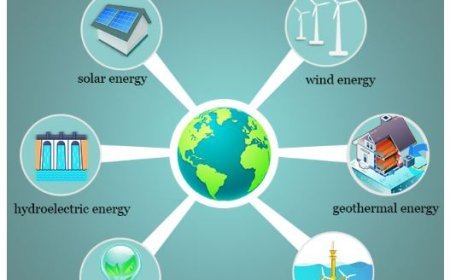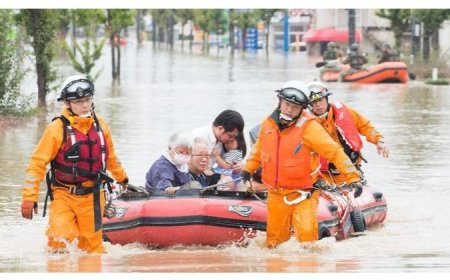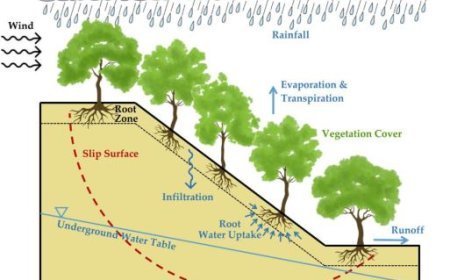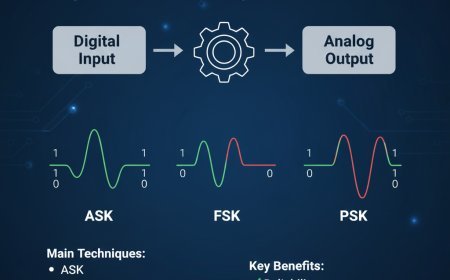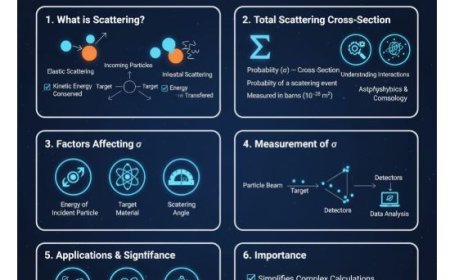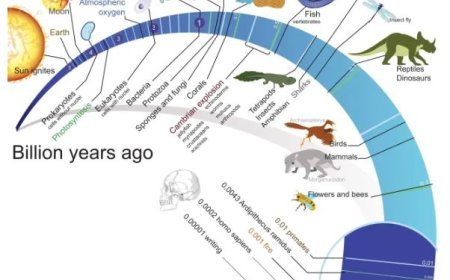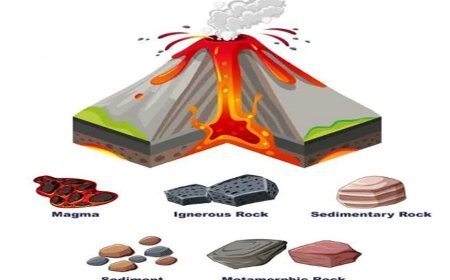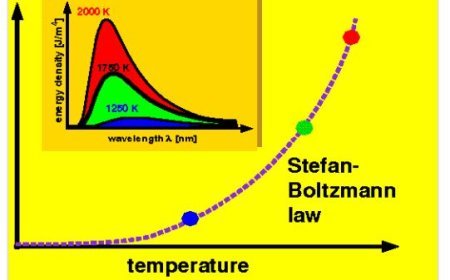CUDDAPAH SUPERGROUP AND VINDHYAN SUPERGROUP
Learn about the Cuddapah and Vindhyan Supergroup, two significant geological formations in India. Understand their importance in reconstructing the country's geological history.

The Cuddapah Supergroup
- Predominantly located in the Cuddapah Basin, which encompasses portions of Andhra Pradesh and Karnataka in southern India.
- Geological Age: Originating from the late Proterozoic Era, around 2.5 to 1.8 billion years ago.
Geological Composition
- The Palar Formation consists of shale, sandstone, and conglomerate limestone.
- The Chitrakoot Formation consists of sandstone and siltstone.
- The Kurnool Formation consists of limestone and shale.
Importance
- The paleontological section includes early stromatolites and microfossils that provide valuable information on early microbial life and environmental circumstances.
- Tectonic History: Offers an understanding of the geological processes that influenced the topography of the southern Indian crust.
- The body of rock has experienced substantial distortion and transformation, therefore unveiling the old tectonic mechanisms.
The Vindhyan Supergroup
- Geographically, it spans over central India, encompassing portions of Madhya Pradesh, Uttar Pradesh, and Bihar.
- Geological Age: Spans from the late Proterozoic to the early Cambrian era, which occurred from 1.6 billion to 541 million years ago.
Geological Composition
- Bhander Group: Consists of sandstone, shale, and limestone.
- Rewa Group: Includes sandstone, shale, and limestone.
- The paleontological significance of this material lies in its inclusion of some of the most ancient fossils, notably stromatolites, which are crucial for the investigation of early microbial life.
- Geological Transition: Offers significant insights into the shift from the Precambrian to the Cambrian epoch, elucidating the climatic and environmental transformations that occurred on early Earth.
What's Your Reaction?









